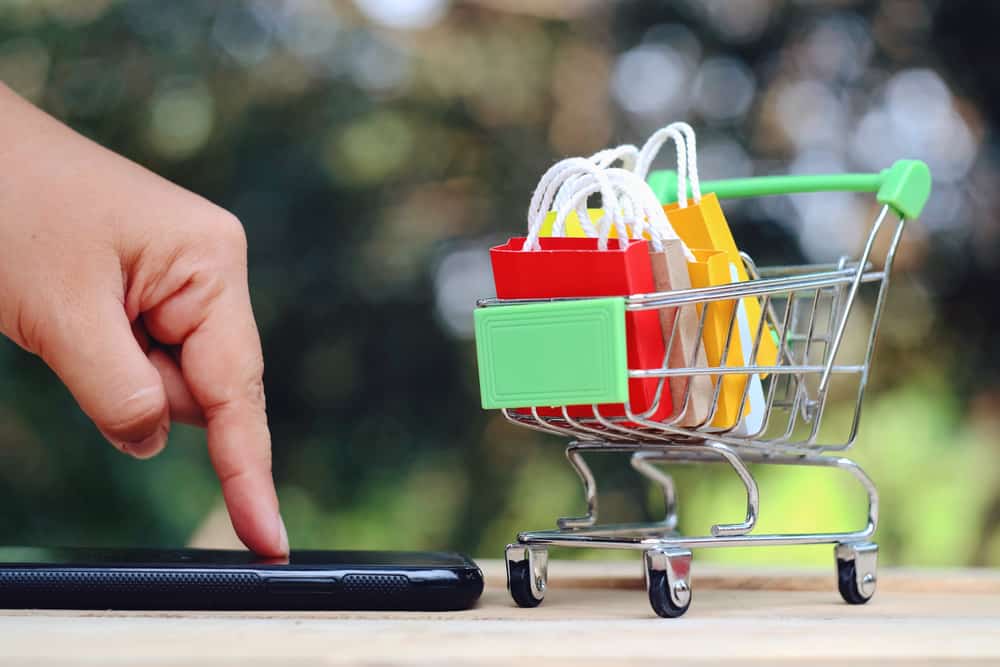In early May 2020, when I spoke to the owners of one of the biggest fashion brands in the country, they were despondent. Lockdown after lockdown over a four-month period has brought the Retail business to its knees. Large format stores, Large national brands, niche players, regional brands have seen sales collapse by 90%. Whenever, I saw the sales data my heart skipped more than a few beats. Retail has always been a low margin business and to survive through such a cathartic quarter is in itself a huge achievement. You need to have nerves of steel to be in this business. A lot of people may feel that once we get past the pandemic, business will come back to an original rhythm plus the minor tweaks. That is pretty unlikely to happen with retail. Tectonic shifts are afoot in the Indian market and Reliance has taken on the onus of redefining this space. Many large players who were perceived to be financially and operationally strong have not proved to be so. Do some homework online and make some calls, you will quickly know the pain Retail is undergoing. Of course, here I am not referring to the millions of Kirana stores and the small business ecosystem that India has. Though they too have been severely impacted and have faced their own challenges. The story in organised retail is the same globally. J.C. Penney, with more than 800 stores and nearly 85,000 employees, has filed for bankruptcy, so have Neiman Marcus, J. Crew, Brooks Brothers, G-Star Raw in the last few months. More than 21 retailers have filed for bankruptcy in US in 2020 alone. The pandemic has been devastating, turning countless shopping malls into retail wastelands in the US.
The challenges that Retailers face are multitude. Some of the key ones are:
- How to manage the financial impact of temporary store closures caused by harsh lockdowns?
- How to dial up ecommerce operations and switch focus to digital consumers experiences?
- How to get the customers back to the stores and maintain high levels of hygiene as mission ‘Begin Again’ commences?
- How to ensure employee safety once they get back to the stores?
- How to manage inventory stuck in closed stores?
- How to reconfigure future inventory to meet the changed consumer behaviour and needs?
If these challenges were not enough, the changing consumer behaviour is likely to have a lasting impact on retail. There is a noticeable shift from conspicuous to conscious consumption. This at one level is driven by finances and at another by the realisation that a lot of things that we buy, we probably do not need. Global trends show that consumers are radically altering their lifestyles in response to the pandemic. A lot many are facing new personal situations, with changes in income and time at home with families, which are driving behavioural change. Consumers are also shopping with greater awareness of the need for health and well-being. The biggest shift that is currently happening is the people who used to resist online shopping have had very little choice but to move online. A study done by Accenture shows that a record 160% jump in ‘new’ shoppers coming online. This may well be an irreversible and accelerated trend.

Retailers will have to be agile and work on the following to bounce back:
- Respond with agility to changing customer preferences. Reset customer segments. The customers you thought you know may no longer behave or respond in the same manner.
- Move from shopkeeper mindset to a customer owner mindset.
- Create a safe environment both for your employees as well as your customers.
- Implement data-driven marketing. Use personalisation and Loyalty programs effectively
- Give a good reason for customers to choose their brand. On the face of it this may sound obvious, but it is not. I do not mean – a great offer or a unique design. What I mean is the role or the value that the product will add in todays’ context. Create occasions reasons for customers to consider you and buy.
- Capitalise on the Vocal for Local, AatmaNirbhar movement.
- Work on location specific strategies. (Ironically, retail used to be all about location)
- Develop robust online sale channels. Integrate the online and offline experience. Drive the brands omnichannel experience.
As we prepare to begin again, both retailers and FMCG companies are feeling the need to reinvent their existing supply chain and distribution models. Even FMCG companies are taking major steps as massive reverse migration has led to a manpower shortage and shutting down of stores has brought the traditional distribution mechanism to a grinding halt. Marico has partnered with Zomato and Swiggy to distribute its food portfolio under the Saffola brand. Britannia has partnered with Dunzo to distribute its products. Consumers can get access to Britannia biscuits, cakes, and milkshakes by placing their orders in the Britannia Essentials Store on the Dunzo app, it promises to pick them up from the nearest Britannia distributor and deliver within an hour. While BigBasket and Flipkart have partnered with Uber, to deliver to consumers, cash and carry retailer Metro has started direct distribution to their kirana partners. With traditional distribution coming to a halt companies are looking at partnering with third-party supply chain companies which have a strong digital backbone.
Traditionally Retailers are hard wired to understand changing trends, they pick-up local nuances and behavioural shifts first, they are the frontline. This is a battle for survival. I have heard numerous instances of how innovative and inventive the Indian retailer can be, their ability to adapt and thrive is probably unmatched. They are facing their biggest battle yet and only the most agile and innovative will survive.

